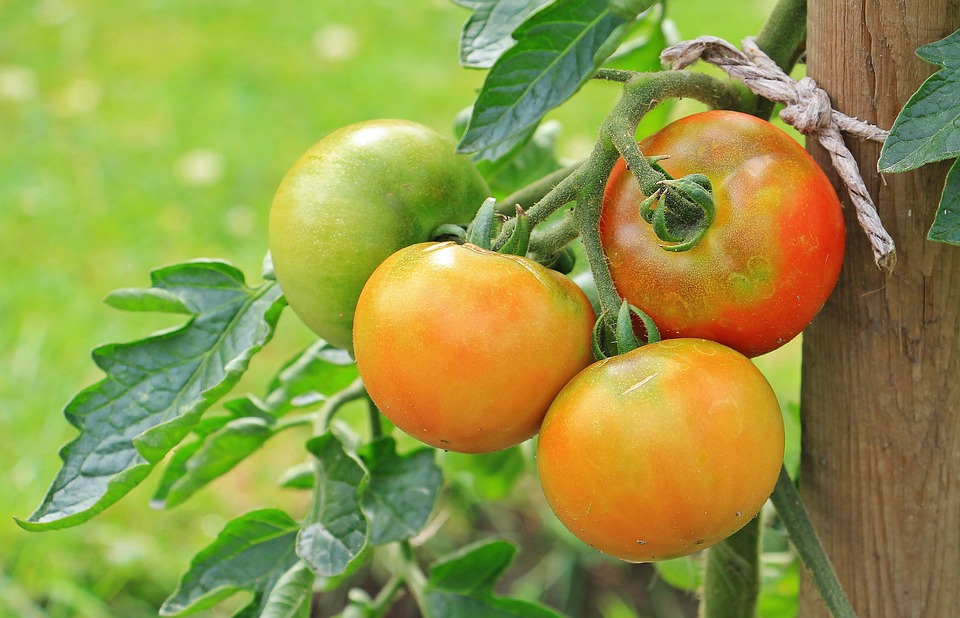Introduction
Growing your own fruits at home can be a rewarding and delicious experience. Not only does it give you access to the freshest produce possible, but it also allows you to enjoy the satisfaction of nurturing and harvesting your own crops. To help you get started on this juicy revolution, here are some essential tips for growing perfectly ripe fruits right in your own backyard.
Choosing the Right Location
When it comes to growing fruits, choosing the right location is crucial. Most fruits require full sun, so make sure your chosen spot receives at least 6-8 hours of direct sunlight per day. Additionally, ensure that the soil in the chosen area is well-drained, fertile, and rich in organic matter. Consider conducting a soil test to determine its nutrient content and pH level, as these factors can greatly impact fruit production.
Proper Planting and Pruning Techniques
Proper planting and pruning techniques play a vital role in ensuring the healthy growth of your fruit plants. Dig a hole that is wide and deep enough to accommodate the plant’s root ball. Gently remove the plant from its container, making sure to keep the roots intact. Place the plant in the hole, backfill with soil, and water thoroughly. Pruning your fruit plants helps maintain their shape, promote air circulation, and encourage fruit production. Research the specific pruning needs of your fruit plants and carefully follow the recommended techniques.
Regular Watering and Fertilizing
Consistent watering is essential for fruit plants to thrive. An effective watering schedule will depend on various factors such as soil type, climate, and the specific fruit plant’s requirements. Generally, fruit plants should be watered deeply once or twice a week, ensuring the soil stays moist but not overly saturated. Regularly check the moisture level and adjust your watering routine accordingly. Fertilizing is also important to provide the necessary nutrients for healthy fruit development. Use a balanced, slow-release fertilizer or organic compost to feed your plants during their growing season.
Pest and Disease Control
Preventing pests and diseases is crucial for maintaining the health and productivity of your fruit plants. Regularly inspect your plants for signs of infestation or disease, such as chewed leaves, discolored spots, or wilting. Insecticidal soaps, organic sprays, and companion planting with pest-repelling herbs can help control common pests. For disease prevention, ensure proper air circulation around the plants, avoid over-watering, and promptly remove any diseased or fallen fruits. If necessary, consult with local gardening experts or extension services for specific pest and disease control strategies.
Harvesting at The Optimal Time
Knowing when to harvest your fruits is essential to enjoy them at their peak flavor and texture. Each fruit has its own optimal harvesting time, so it’s essential to research and familiarize yourself with the specific requirements of the fruit plants you are growing. Generally, fruits should be picked when fully ripe, but not overripe. The color, feel, and smell of the fruit can serve as indicators of its ripeness. Different fruits may have additional unique characteristics to look for, such as ease of separation from the plant or a gentle tug required for removal. Harvest in the morning or late evening when the fruit is cool for optimal flavor and storage life.




